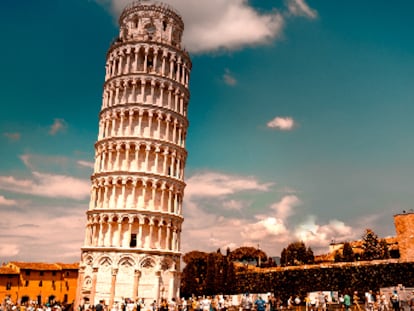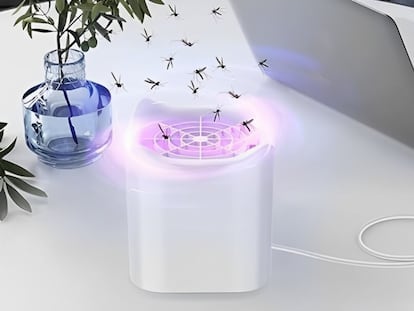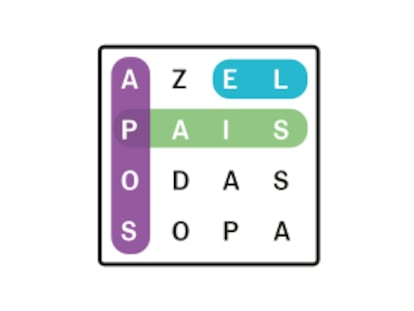Rafts in our cells
Lipids are vital components of the membrane that envelopes each living cell and include such substances as fats, oils, and waxes. Lipid composition of a cell membrane can change dramatically at different stages of development of the whole organism or even that of a single cell.
Why does the membrane of each living cell contain hundreds of different kind of lipids? Why do cell membranes in different organisms differ in the kind and proportion of lipids? And, more important, how does that composition change in those suffering from ailments that increasingly characterize the modern society: cancer, Alzheimer’s disease, and Parkinson’s disease, for example?
Questions such as these have puzzled scientists for decades, but answers to some of the questions are coming in now—and they all have converged on the role of lipids in the organization of the cell membrane.
Only in the past two decades were lipids given a prominent role among biomolecules. Most textbooks describe lipids as nutrients used for storing energy and as structural components of cell membranes—both somewhat passive roles. However, lipids moved to the top table when scientists realized that lipid composition of the cell membrane is altered in those suffering from cancer, Alzheimer’s disease, and Parkinson’s disease. A direct consequence of this understanding is the development of lipid therapies, that is, treatments based on managing the level of lipids in the cell membrane.
Researchers now realize that lipids are not merely a structural element of the cell membrane but are crucial to the cell’s behaviour: what we had assumed to be mere bricks in a wall were in fact sophisticated checkpoints regulating who can enter or leave the cell at any given time. It has therefore become important to know the different kinds of lipids that are involved, the changes in their levels, and details of how they are organized in cell membranes. Lipids form distinct regions in the cell membrane, referred to as lipid domains (the ‘checkpoints’ mentioned above), each with its special composition and properties.
Lipid rafts are one such domain, which is rich in cholesterol and in sphingolipids, a special group of lipids named after the Sphinx, because their structure and function had remained mysterious for several decades.
Molecular interactions that occur within the cell membrane are subtle, transient, and dispersed, and highly dependent on the concentration and location of molecules that participate in the interaction. The interactions pose a challenge to those who study them and have therefore attracted a fast-growing scientific community.
Of the several strategies deployed by different scientists all over the world to study molecular interactions within cell membranes, I chose membrane model systems. As the name suggests, the strategy is to build simple artificial membranes in the laboratory by mixing a few kinds, or ‘species’, of lipids. At the Molecular and Neural Biophysics Group, Centre for Chemistry and Biochemistry, Lisbon University, we prepare such artificial membranes and insert into them different membrane probes, which are molecules that are fluorescent and therefore easy to track. The fluorescence can be detected by different techniques and described by several parameters, all part of the umbrella term fluorescence spectroscopy. By combining the results of fluorescence spectroscopy with physical and chemical laws, we predict the conditions that lead to the formation of different types of lipid domains. By using appropriate membrane models, it is possible to study the composition and properties of these domains.
We then tag membranes of living cells as well as the artificial membranes with the same fluorescent probe; by comparing the behaviour of the probe in both types of membranes, we have identified major lipid domains of the cell membranes, major components of the domains and their properties, and the changes associated with different environmental conditions or diseases.
Recently, applying these methods in collaboration with the Biochemistry of Oxidants and Antioxidants Group at the Centre for Chemistry and Biochemistry, we found a new type of lipid rafts in cell membranes of the common yeast, better known to scientists as Saccharomyces cerevisiae (Aresta-Branco F, Cordeiro A M, Marinho H S, Cyrne L, Antunes F, de Almeida R F M. 2011. The Journal of Biological Chemistry 286: 5043–5054). Yeasts, used for centuries in making bread and brewing beer, are also used by scientists to understand the behaviour of human cells because yeast cells are easy to manipulate in the laboratory. Moreover, although yeast cells are not as complex as human cells, both yeasts and Homo sapiens are eukaryotes and therefore related organisms. Typical lipid rafts in yeast contain sphingolipids and ergosterol (which is analogous to cholesterol). However, we found new rafts that contain only sphingolipids. The biophysical properties of these new lipid rafts are different from those of the typical lipid rafts, and interactions between molecules that make up the new rafts are stronger. We are pursuing our research on this new type of lipid rafts in yeasts and in other organisms to further elucidate the role of lipids in membrane organization and thus to better understand life itself.







































































